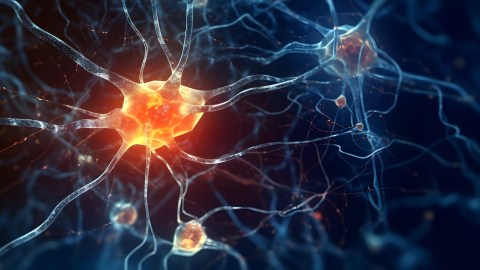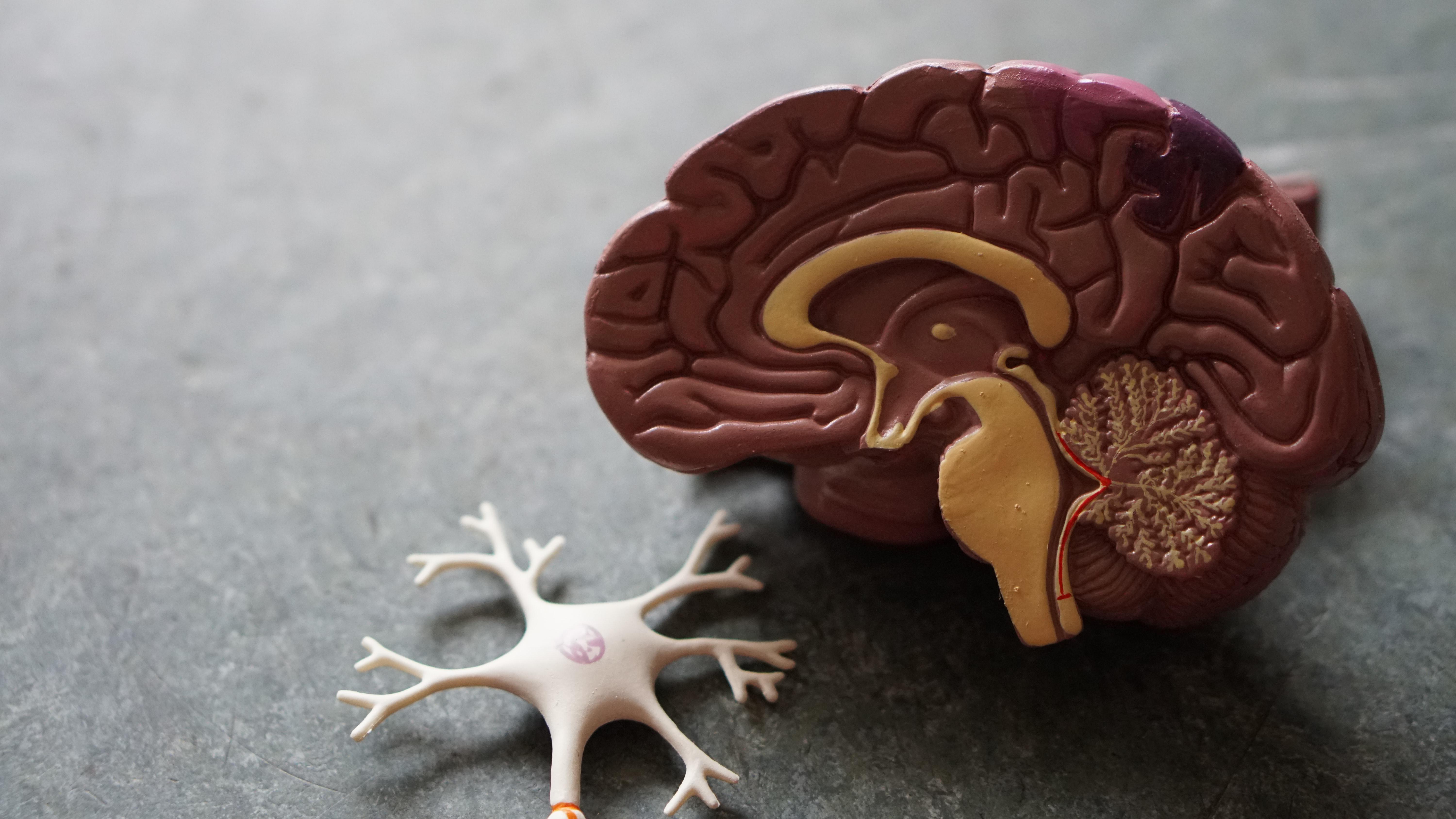Brain inflammation linked to increased suicidal behaviors

- New research suggests brain inflammation, indicated by the dysregulation of a key inflammatory regulatory gene (NPAS4), may be linked to suicidal behavior and suicide.
- The study found significantly lower levels of NPAS4 in brain tissues of individuals who died by suicide, associated with increased expression of inflammation-related genes and reduced numbers of mature oligodendrocytes.
- These findings add to the growing evidence connecting suicide and brain inflammation, positioning NPAS4 as a potential biomarker or therapeutic target in addressing suicidality.
Global suicide rates have steadily increased during the 21st century. Every year, more than 700,000 people die by suicide worldwide, and for every death, many more people attempt to end their own lives. Suicide is the fourth leading cause of death among 15- to 29-year-olds, and suicidal behavior in people of this age appears to have increased during the COVID-19 pandemic.
Suicide and suicidal behavior have multiple complex causes that include social, cultural, and economic factors. Psychology and biology also play a role. Suicidal behavior is heritable and is more prevalent in people with major depressive disorder, with more than half of those who die by suicide having previously been diagnosed.
Suicidal behavior and inflammation
At the molecular level, suicidal behavior and various psychiatric disorders are increasingly being linked to elevated levels of inflammatory biomarkers. Research now shows that the brains of people who died by suicide have reduced levels of a “master” control gene that regulates inflammation.
Qiong Sha of the Van Andel Institute in Grand Rapids, Michigan, and her colleagues examined brain tissue from 29 people who had died by suicide and 32 controls who had died of other causes. Using molecular profiling techniques, they measured DNA modifications at more than 850,000 sites across the genome, and expression levels of the inflammatory regulator gene NPAS4.
They found that NPAS4 was significantly down-regulated in the tissues of the people who had died by suicide compared to those from the controls. This was associated with increased expression levels of multiple genes linked to inflammatory processes. Also down-regulated were genetic pathways linked to the development and plasticity of neuronal circuits. Genes known to be involved in the function of oligodendrocytes were also suppressed in the tissues from the suicide group.
Consequently, the tissues obtained from those who had died by suicide contained significantly fewer mature oligodendrocytes, as well as their precursors, than those from the controls. These cells, which synthesize the fatty myelin sheath that insulates nerve fibers in the brain, are known to be susceptible to inflammation and to be dysfunctional in schizophrenia and bipolar disorder, though the significance of this is still unclear.
We know from animal studies that NPAS4 has a neuroprotective effect. In rodents, its expression in the prefrontal cortex plays a role in fear memory and depression-like symptoms, and reduction of it results in increased nerve cell death, inflammation, and the size of brain lesions following ischemia. There are only a few studies of NPAS4 expression in humans; one shows that its expression in the prefrontal cortex is downregulated in people who died from opioid overdose.
As well as contributing to our knowledge of NPAS4 expression in humans, these new findings add to the growing body of evidence linking suicide and its associated behaviors to brain inflammation. The authors say that the findings “validate NPAS4‘s as a potential biomarker or therapeutic target in suicidality.”





